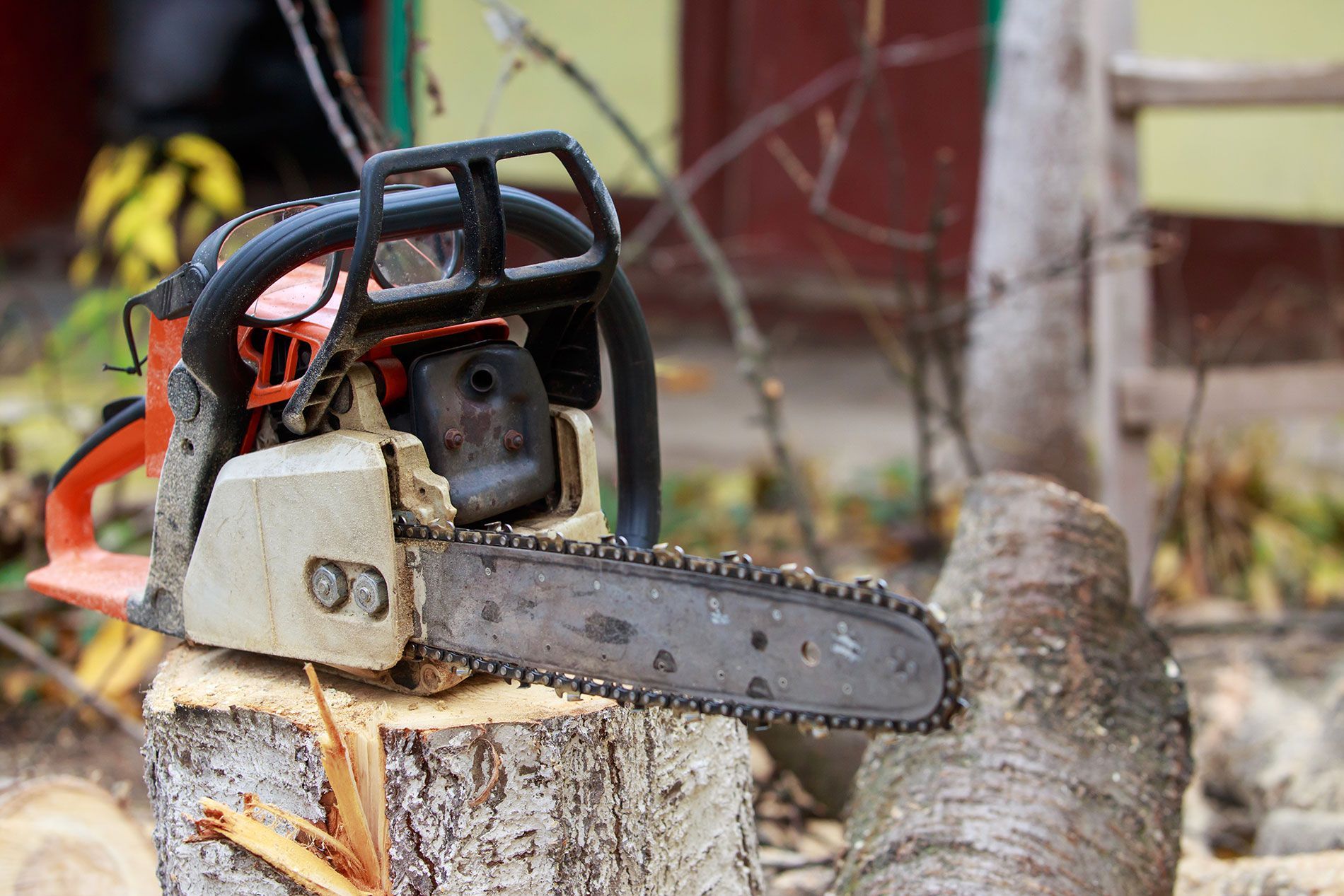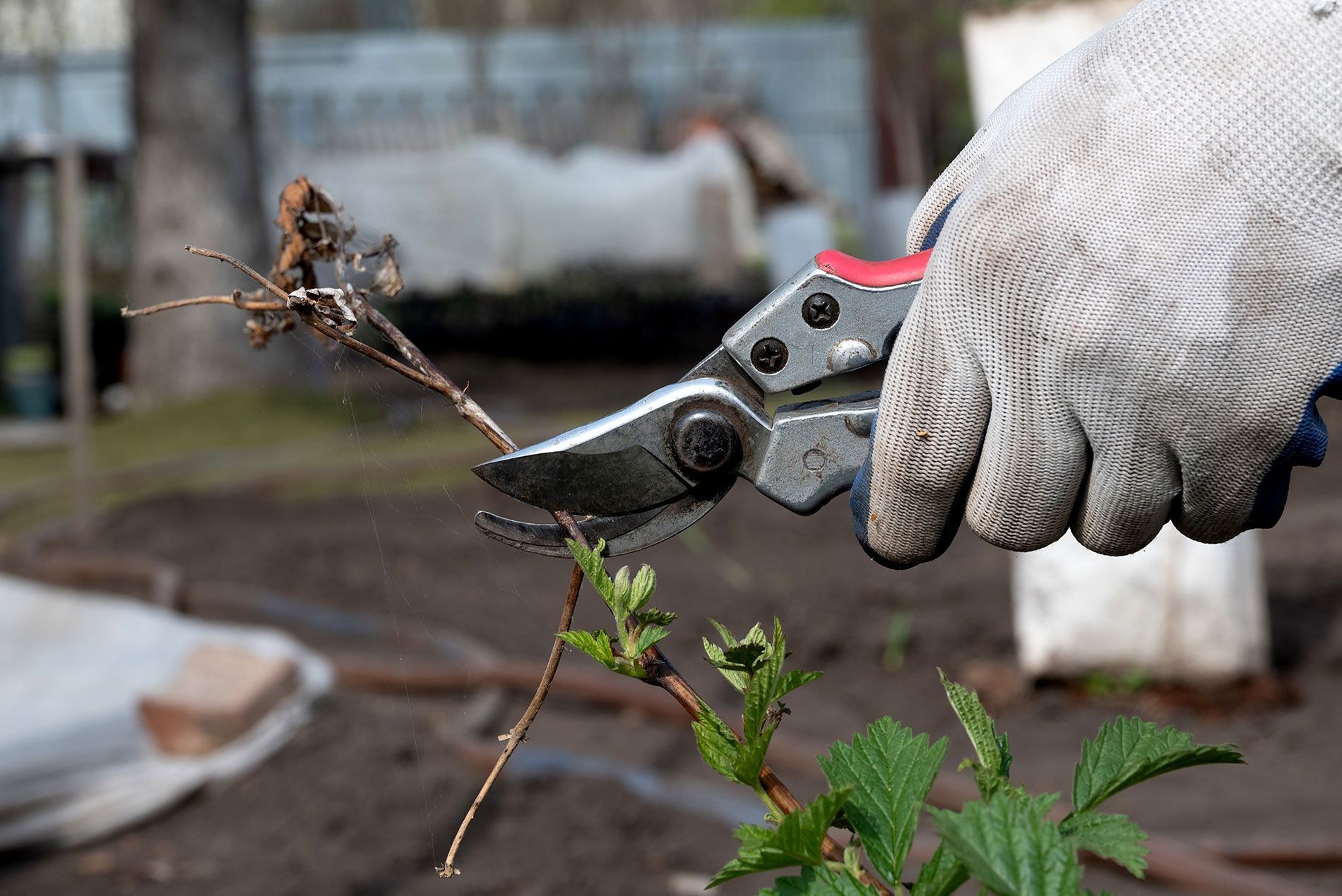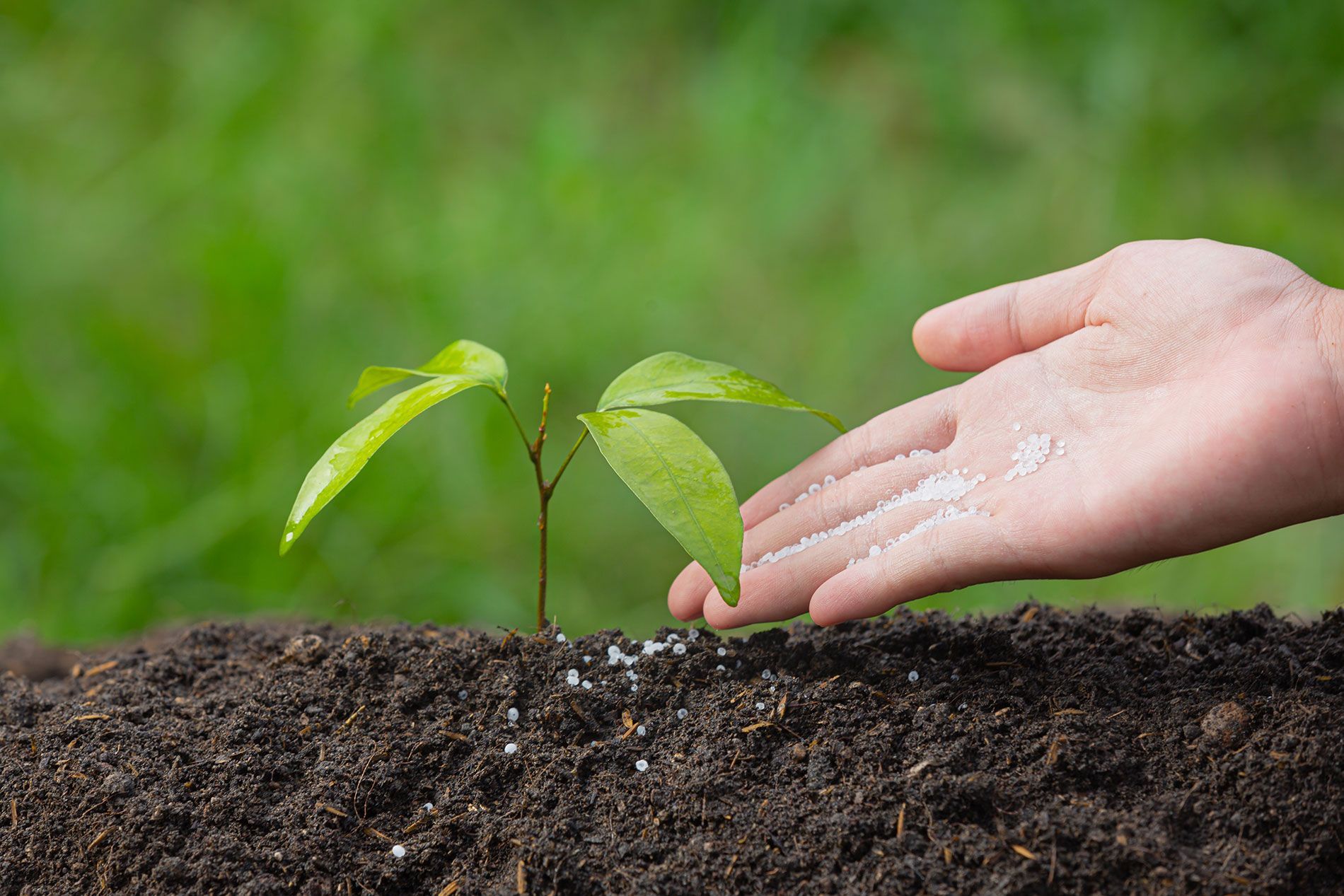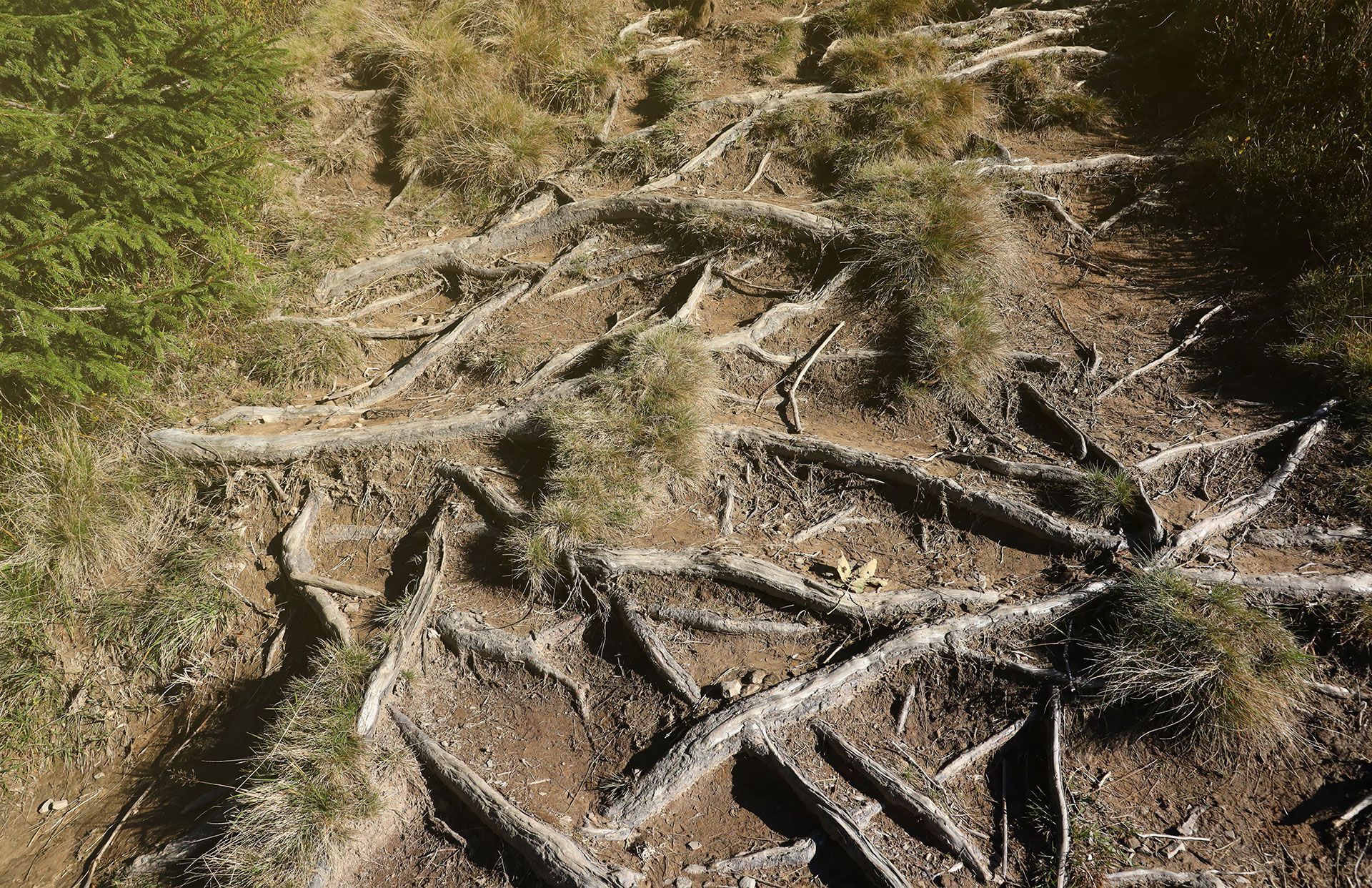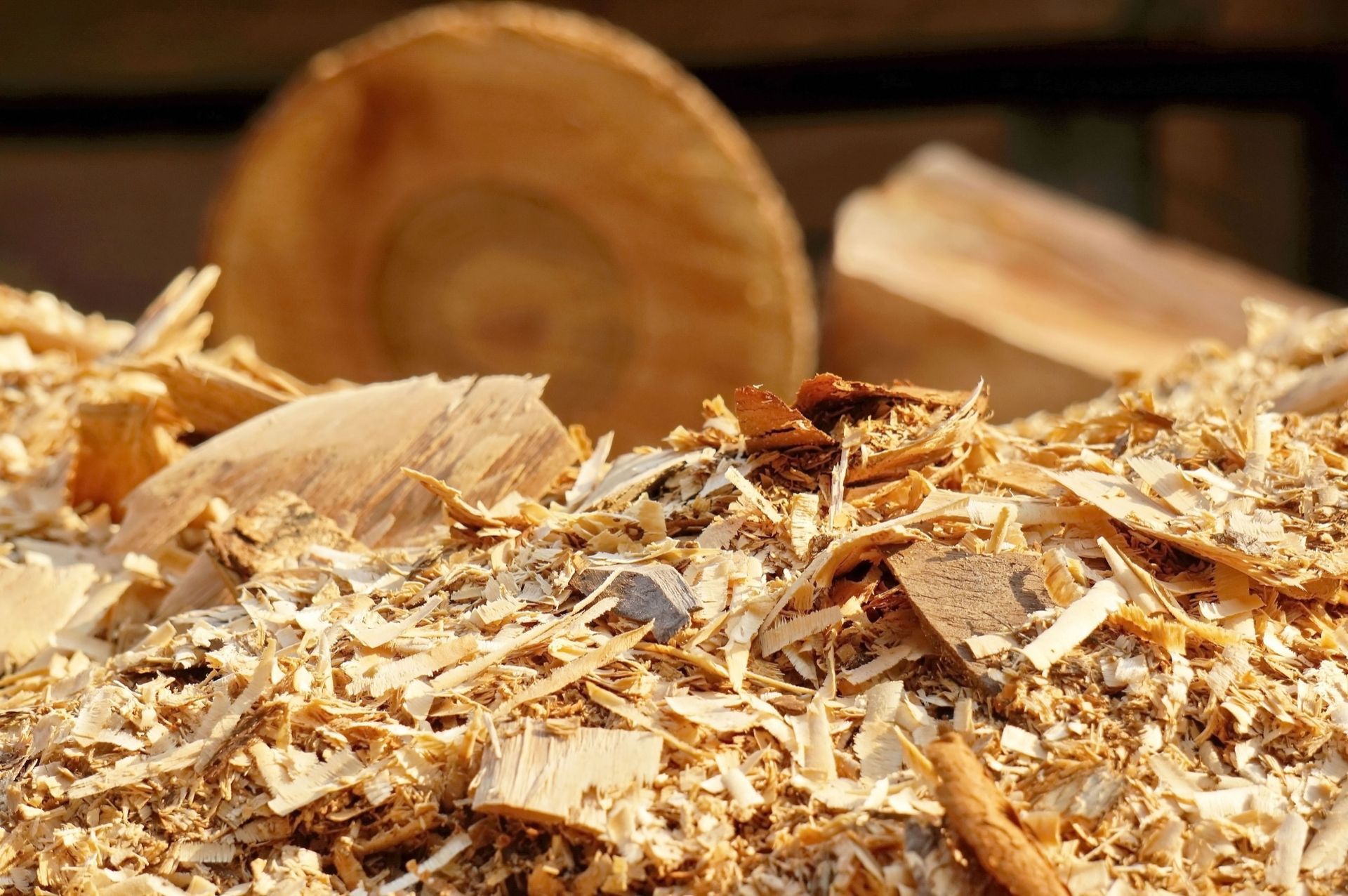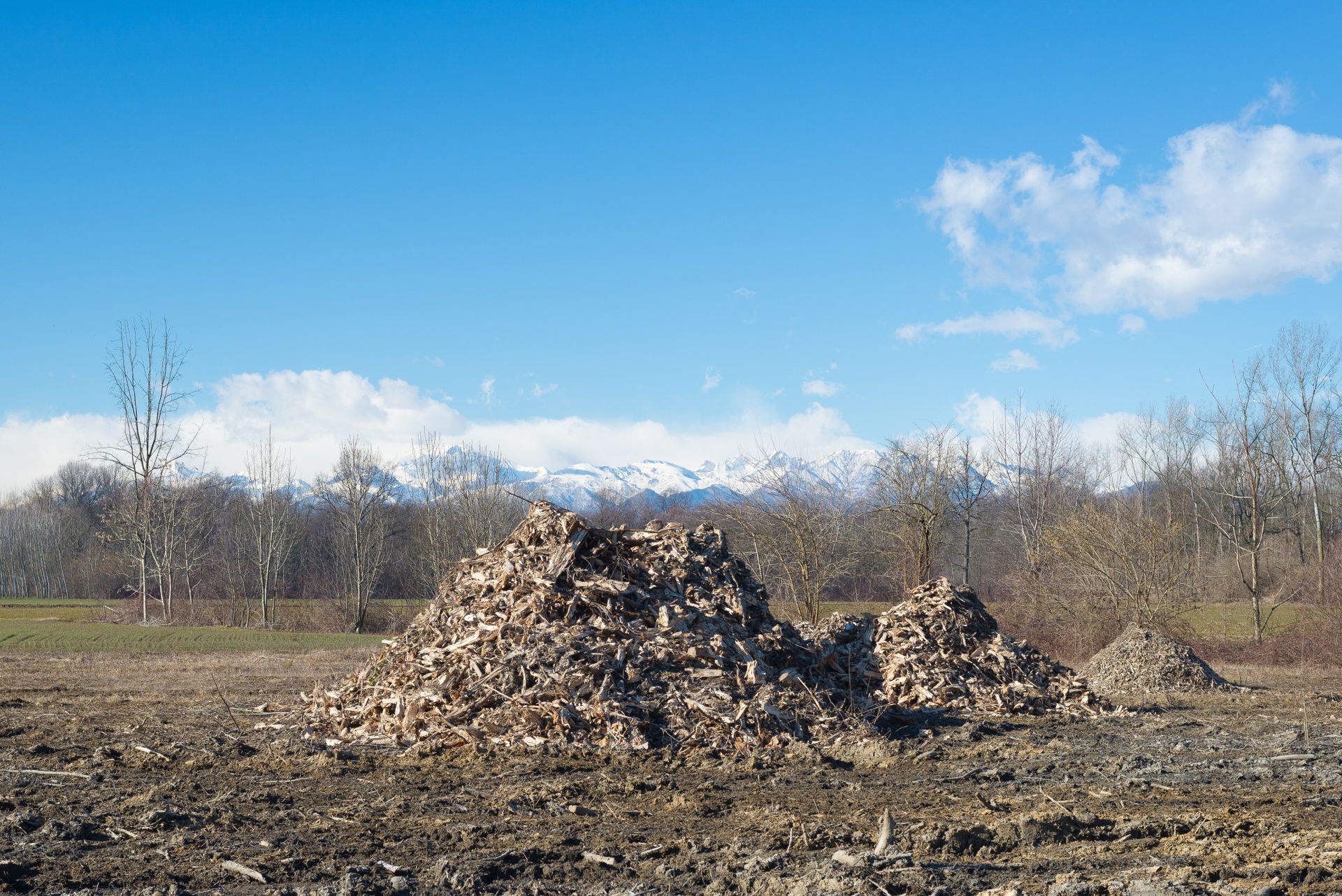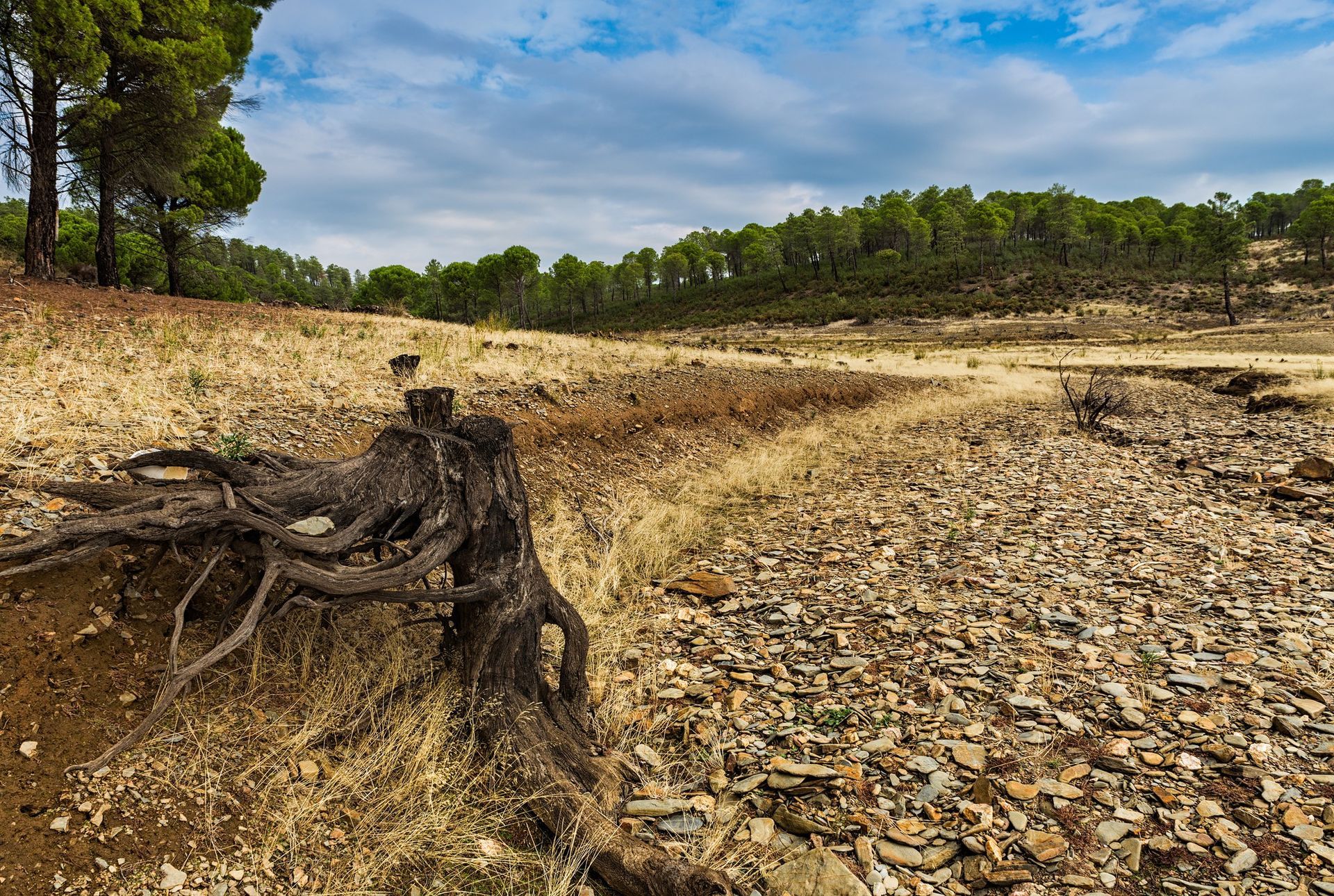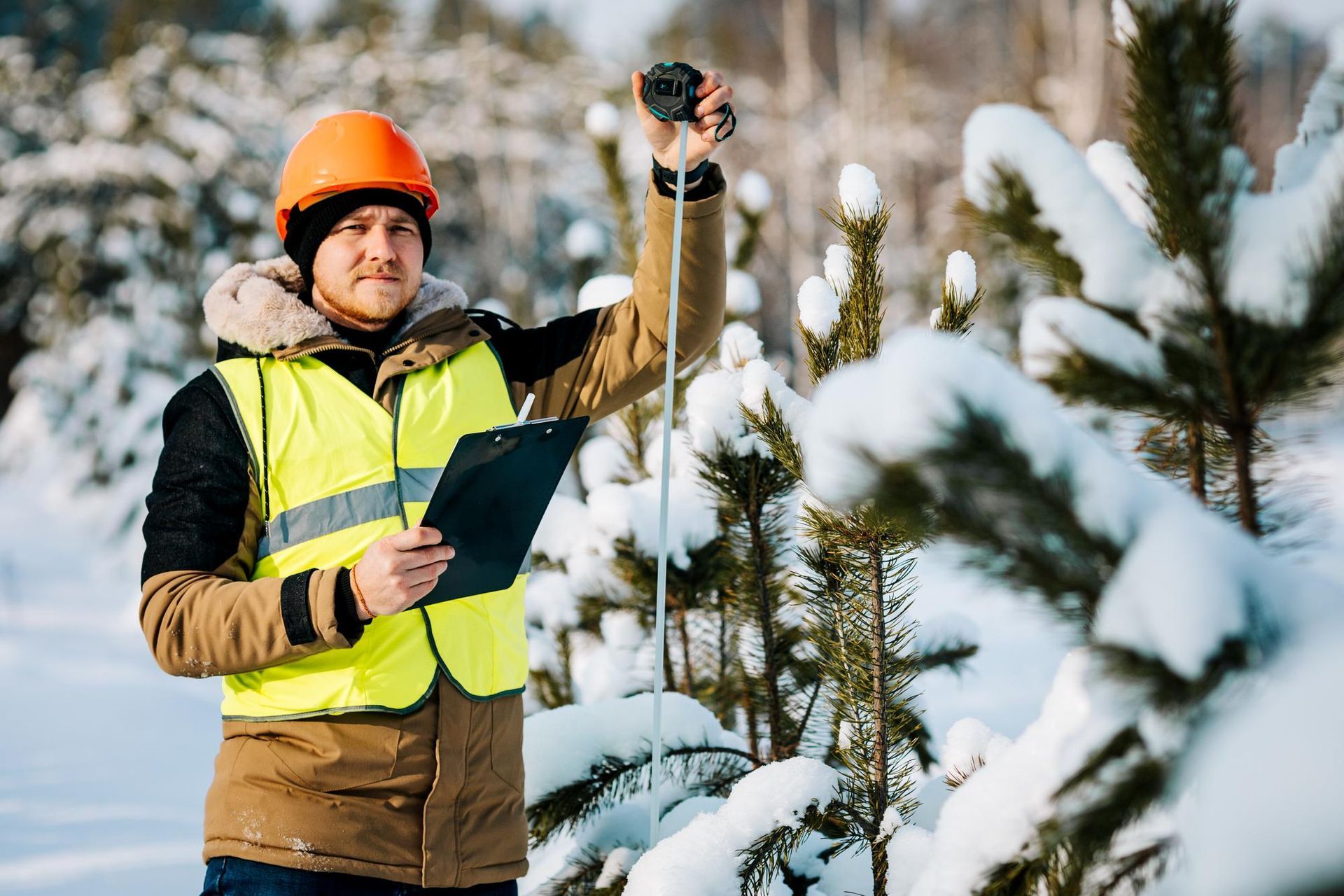Top 5 Reasons You Need Land Clearing and Tree Removal
Are you struggling with an unruly outdoor space that's overrun by thick vegetation and overgrown trees? If so, it's time to consider the importance of land clearing services and tree removal. In this article, we'll explore the top five reasons why these services are crucial for transforming your property into a safe, aesthetically pleasing, and functional space.
Top 5 Reasons You Need Land Clearing and Tree Removal
Safety Concerns
One of the primary reasons you need land clearing service and tree removal is safety. Overgrown trees and dense vegetation can pose significant hazards to you, your family, and your property. When trees grow unchecked, their branches can become heavy and unstable, making them susceptible to falling during storms or strong winds. These falling branches can cause severe damage to structures, vehicles, or even harm individuals.
Furthermore, the roots of large trees can wreak havoc on underground utilities, such as water and sewer lines. This can lead to costly repairs and disruptions. By investing in professional land clearing services, you can mitigate these risks and ensure the safety of your property and loved ones.
Aesthetic Improvement
When it comes to your property, first impressions matter. An unkempt, overgrown yard can leave a negative impression on guests, neighbors, or potential buyers if you decide to sell your home. That's where the aesthetic transformation brought about by land clearing service and tree removal becomes invaluable.
Picture this: your property bathed in natural light, with clear sightlines and open spaces. By removing overgrown trees and dense vegetation, you not only allow more sunlight to reach your yard but also create a brighter, more cheerful outdoor space. This newfound openness not only enhances the visual appeal but also makes your property look more spacious.
Overgrown trees often overshadow other beautiful features of your landscape, such as flower beds, decorative shrubs, or architectural elements. By reclaiming this space, you give these features a chance to shine and take center stage. You can showcase your landscaping efforts and make your property look more well-maintained and inviting.
Moreover, an aesthetically pleasing outdoor space isn't just about looks—it can significantly impact your quality of life. An open and inviting yard encourages outdoor activities, from hosting family gatherings to simply enjoying a sunny day. It becomes a canvas for your creativity, allowing you to design and decorate the space according to your preferences.
Beyond the immediate aesthetic benefits, a well-maintained outdoor space can also increase your property's value. When prospective buyers see a beautifully landscaped yard with clear sightlines, they're more likely to be attracted to your property. This can result in a higher selling price and a faster sale, should you decide to put your home on the market.
In summary, the aesthetic improvement brought about by land clearing service and tree removal can be transformative. It not only enhances the visual appeal of your property but also creates a brighter, more inviting space for various activities. Whether you're looking to impress visitors or simply elevate your quality of life, investing in these services can help you achieve the picturesque outdoor space you've always dreamed of.
Property Development and Utilization
If you have plans for property development, landscaping, or construction, the importance of land clearing service and tree removal becomes even more evident. Before embarking on any major project, it's essential to clear the land of obstacles that can hinder progress and compromise the quality of your endeavor.
- Preparing the Canvas: Think of your property as a canvas awaiting your creative touch. Before you can paint your masterpiece, you need a clean and clear surface. This is where land clearing comes into play. It involves removing obstacles like trees, stumps, and thick underbrush, creating a blank canvas for your project.
- Efficiency and Cost-Effectiveness: Attempting to work around existing obstacles can be both inefficient and costly. For example, construction machinery might struggle to navigate through densely wooded areas, leading to delays and increased expenses. Clearing the land beforehand ensures a smoother, more efficient project timeline, ultimately saving you time and money.
- Quality Assurance: When developing a property, whether it's for a new home, an addition, or a landscaping project, you want the highest quality results. Overgrown trees and tangled vegetation can interfere with the foundation, drainage systems, and other critical aspects of your project. By starting with a clean slate through land clearing, you ensure that the foundation of your project is strong and secure.
- Optimal Space Utilization: An overgrown landscape can limit your property's functionality. Clearing the land allows you to maximize the utilization of the available space. You can plan and design your project with freedom, whether it's building a new structure, installing a swimming pool, creating a playground, or simply expanding your garden.
- Environmental Considerations: It's essential to approach land clearing with environmental responsibility in mind. Hiring professionals who use eco-friendly practices ensures that the process is carried out with minimal harm to the environment. This includes proper disposal of removed vegetation and consideration for local wildlife habitats.
- Compliance with Regulations: Depending on your location, there may be regulations and permits required for land development. Professional land clearing services are well-versed in these requirements and can assist you in navigating the necessary paperwork, ensuring that your project complies with all local regulations.
Land clearing service is not only a practical necessity for property development and utilization, but it's also a strategic investment in the success of your projects. It ensures that your property is ready to be transformed into the space you envision, whether it's for residential, commercial, or recreational purposes. The efficiency, cost-effectiveness, and quality assurance it brings to the table make it an indispensable step in the journey toward realizing your property's full potential.
Health of Surrounding Vegetation
The health of your outdoor space is interconnected, much like the delicate balance of a thriving ecosystem. When certain elements within your landscape grow unchecked, it can have adverse effects on the surrounding vegetation. Here's a closer look at why the health of surrounding vegetation is a crucial consideration when contemplating land clearing service and tree removal:
- Competition for Resources: In a densely vegetated area, every plant and tree competes for essential resources such as sunlight, water, and nutrients. The larger, overgrown trees can cast heavy shadows, limiting the amount of sunlight reaching the ground. This can stifle the growth of smaller plants and underbrush, causing them to struggle for survival.
- Nutrient Depletion: Over time, the roots of large trees can deplete the soil of nutrients, making it less fertile for other plants. This nutrient depletion can result in poor soil quality, inhibiting the growth of desired vegetation. Land clearing and selective tree removal can help break this cycle by allowing you to enrich the soil and promote healthier plant growth.
- Disease and Pest Control: Overgrown trees and vegetation can create favorable conditions for diseases and pests to thrive. When trees are crowded together, air circulation is reduced, creating a humid environment where diseases can spread more easily. Additionally, pests find shelter and food sources in the dense vegetation, which can lead to infestations.
- Encouraging Diversity: A diverse range of plant species in your landscape is essential for a thriving ecosystem. Overgrown trees can suppress the growth of other plants, resulting in a less diverse and less resilient environment. By selectively removing trees and vegetation, you open up opportunities for a more varied and balanced plant community.
- Long-Term Sustainability: Maintaining the health of surrounding vegetation is vital for the long-term sustainability of your outdoor space. Over time, unchecked overgrowth can lead to the decline of smaller plants and the eventual dominance of invasive species. This can create an imbalanced and less resilient ecosystem that's more susceptible to environmental stresses.
- Ecosystem Benefits: A well-balanced and diverse landscape has a range of benefits. It can provide habitat and food sources for local wildlife, support pollinators like bees and butterflies, and contribute to overall environmental health. Promoting the health of surrounding vegetation through responsible land clearing and tree removal aligns with these ecological goals.
Responsible
land clearing service and tree removal take into account the intricate web of relationships within your landscape. They seek to create a healthier and more balanced environment where all plants can thrive. By carefully considering the impact of these services on the surrounding vegetation, you not only improve the aesthetics of your property but also contribute to the long-term health and sustainability of your outdoor space.
Environmental Benefits
While it may seem counterintuitive, responsible land clearing service can have positive environmental benefits. Clearing away invasive species and overgrown trees can promote biodiversity and encourage the growth of native plants. Native plants are essential for local wildlife, providing habitat and food sources.
Additionally, eco-friendly land clearing practices, such as mulching and responsible disposal of removed vegetation, can minimize the environmental impact of these services. When done correctly, land clearing and tree removal can coexist harmoniously with nature, ensuring the health of your property while preserving the environment.
Conclusion
In conclusion, the importance of land clearing service and tree removal cannot be overstated. These services offer numerous benefits, including enhanced safety, improved aesthetics, better property utilization, healthier surrounding vegetation, and positive environmental impacts. Investing in professional land clearing and tree removal is a smart choice for any property owner looking to transform their outdoor space into a safe, beautiful, and functional environment.
When considering these services, it's crucial to rely on experienced professionals who understand the intricacies of land management. In Columbia Falls, Montana, one of the standout service providers in the field is
Big Mountain Tree Service. They have a proven track record of delivering top-notch land clearing and tree removal services, ensuring that your property is in capable hands.
For all your land clearing and tree removal needs in Columbia Falls, you can count on Big Mountain Tree Service. You can reach them at
406-261-2042 to discuss your project and take the first step toward transforming your outdoor space. Don't let an overgrown landscape hold you back; enlist the expertise of Big Mountain Tree Service and watch your property flourish.
